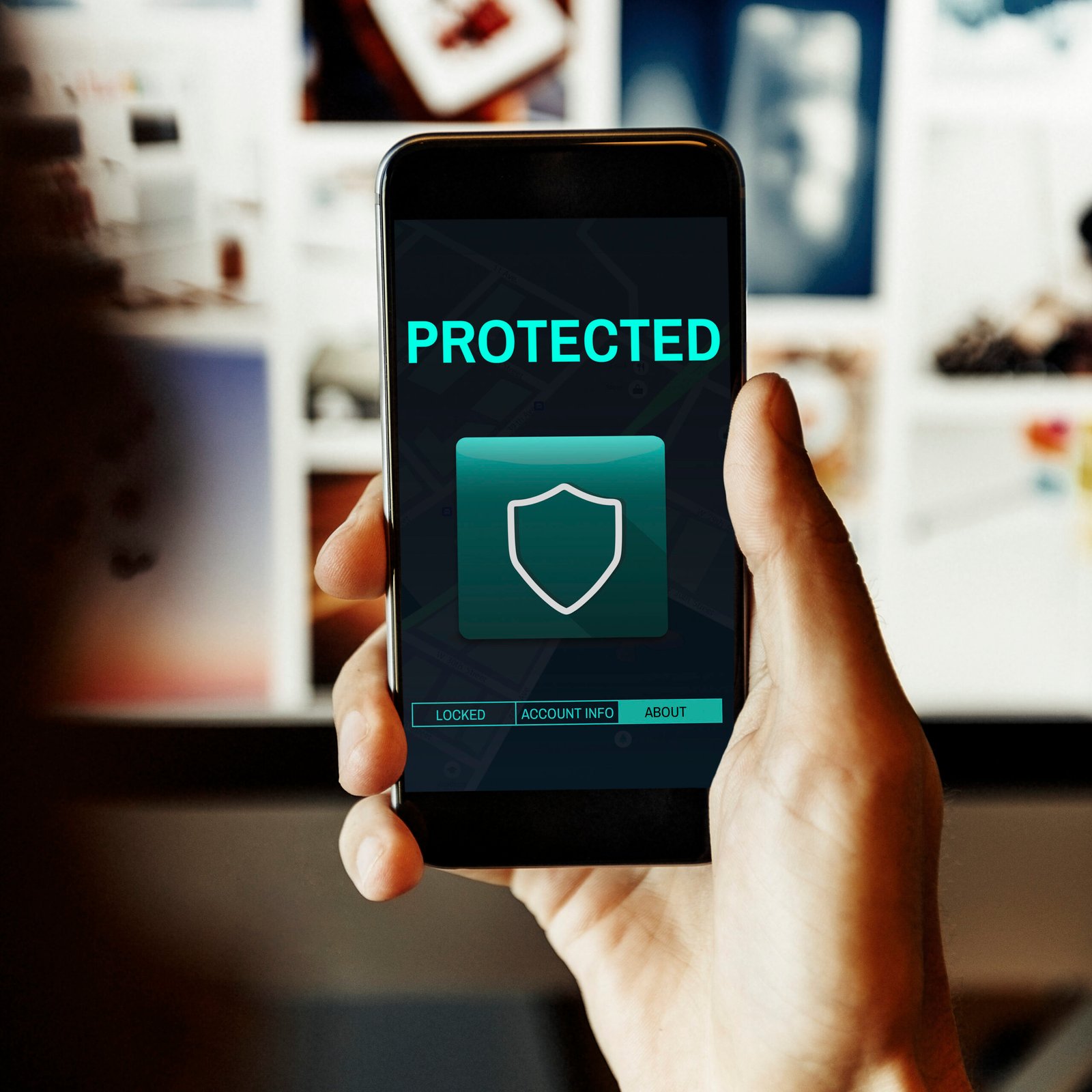
In our modern tech-savvy world, safeguarding your iPhone from unauthorized remote access is more important than ever. Your iPhone contains a ton of personal information, think about all those messages, photos, banking details and emails. If someone manages to get remote access without your knowledge, it could create major problems for your privacy and security.
So how do you know if someone is peeking at your iPhone from a distance? No need to stress! Here’s a thorough guide to help you recognize the signs and take the right steps.
Before we get into how to check for remote access, let’s first look at some signs that your device could be compromised.
If you notice that your iPhone’s battery is draining faster than usual, it might indicate that someone is remotely using your device. Remote access apps or spyware can run quietly in the background, eating up resources and causing your battery to deplete quickly.
What to check:
Another indicator that your iPhone may be accessed remotely is if you see strange activity in your apps like messages you didn’t send, photos you didn’t take or emails you didn’t read.
What to check:
Remote access or spyware can also lead to increased data usage, especially if it’s sending information back to someone else. An unexpected increase in data usage may indicate unauthorized background activity on your phone.
What to check:
If your iPhone starts acting up like freezing, lagging or unexpectedly restarting, it might be a sign that someone has remote access to it. This could be due to unauthorized apps or processes running in the background, hogging your phone’s resources.
What to check:
When you check Find My iPhone and see your device’s location listed as somewhere unfamiliar or a place you haven’t visited, it could mean that someone is tracking your phone remotely.
What to check:
If you start getting weird calls or messages that you didn’t make or if there are unexpected outgoing calls, it might suggest that someone is controlling your device remotely.
What to check:
If you believe your iPhone is being accessed remotely, take these steps to check and protect your device.
Your Apple ID is crucial for your iPhone’s security. If someone has access to it, they could control your device remotely. So, it’s wise to look for any strange sign-ins or activities in your account.
Here’s how to check your Apple ID activity:
Certain apps or profiles might enable remote control or monitoring of your device. It’s essential to regularly check the apps and profiles on your iPhone for anything that seems out of place.
How to review installed apps:
How to check for profiles:
Two-factor authentication (2FA) is like adding an extra layer of protection to your Apple ID, making it a lot tougher for anyone to sneak in without your permission.
How to enable 2FA:
Sometimes, sneaky remote access software other management tools can be installed in your phone without you even realizing it. It’s a good idea to check for any suspicious software or profiles that could allow someone to access your device from afar.
How to check for remote management software:
If you think your iPhone might be accessed remotely, here are steps you can take to protect your device:
Your iPhone contains a lot of personal information, so keeping it secure is crucial. By staying alert to the signs of remote access and regularly checking your phone’s activity, you can protect your data from unauthorized access. If you notice anything unusual, take action to regain control of your device and ensure your privacy is protected. Stay vigilant and take proactive steps to keep your iPhone safe!
Look for signs like unexplained battery drain, unfamiliar app activity, increased data usage, or strange behavior like device freezing or lagging.
While it's harder to remotely control an iPhone compared to other devices, remote access through malicious apps or your Apple ID can allow someone to monitor or track your phone.
Check for unfamiliar apps, monitor your battery usage, review your iCloud and Apple ID settings for unauthorized logins, and look for strange messages or calls.
Change your Apple ID password, enable two-factor authentication, review apps and device profiles, and consider performing a factory reset to secure your phone.
Find My iPhone can help you track and lock your device, but to prevent remote access, you should also monitor your Apple ID, device settings, and use strong security measures like 2FA.
FEATURES
SOLUTIONS
EXPLORE REMOTE ACCESS